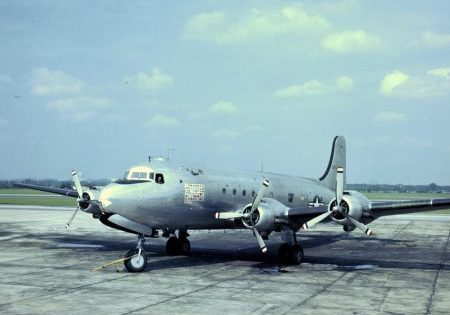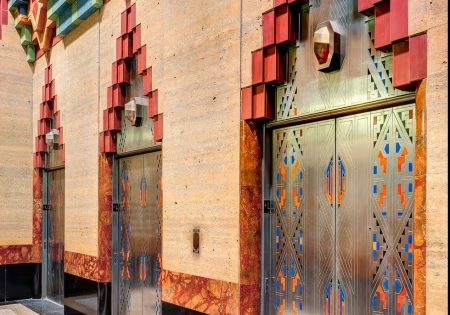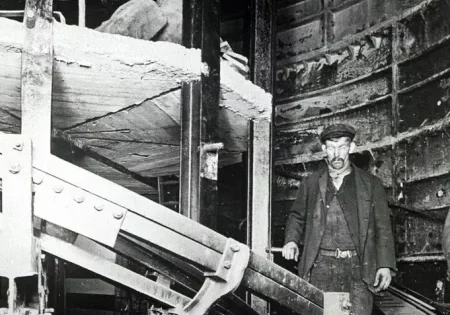The vertical-transportation (VT) industry’s transition from manually operated lifts to electric elevators has a long and fascinating history. Recently, ELEVATOR WORLD historian Dr. Lee Gray wrote several accounts (with more to come) detailing the progression of operatorless elevators for EW. Even as elevators became increasingly automated, the elevator operator was not immediately removed for reasons of necessity (they were still needed to perform essential operations) and passenger comfort. Operators gave lift riders a sense of security and confidence in advancing VT technology.

Today, elevator operators are uncommon — not unheard of — and play a valuable (and often cherished) role in their places of employment. Earlier this month, NYC’s Metropolitan Transportation Authority was met with protests after it announced plans to reassign two dozen operators in five of its deepest train stations. Churchill Downs’ elevator attendants offer directions and warm hospitality to Kentucky Derby attendees, while subtly checking their wristbands for security purposes. Operators are vital for the use of historic elevators, which offer accessibility alongside a charming glimpse into the past.

The experience of taking an attended elevator ride stays with the modern passenger. What was once commonplace is now a unique experience for most. Employees at the Young Quinlan building in Minneapolis, Minnesota, however, have the option of taking a beautiful manually operated Otis unit on a regular basis. Lee Bowser, who operates the vintage lift Tuesday through Thursday, was recently featured by CBS News Minnesota. “It’s all the same as it was,” said Bowser, describing the original 1926 elevator. He says his favorite part is talking with the people who work in the building — he knows most by name. The riders say the same, describing their elevator interactions as “the bright spot of the day” and “a good start” to the morning. Bowser considers bringing smiles and happiness to passengers a part of this “up and down job.”
As VT technology continues to advance, the era of the elevator operator becomes more and more distant. But new solutions offer a different type of connectivity. Industry players now manufacture units equipped with two-way digital emergency communications including voice, video and text messaging. Internet of Things platforms are making elevators smarter through remote, real-time monitoring, diagnosis and predictive-maintenance data collection. The evolution of the VT industry continues, and the sky’s the limit … for now.
Get more of Elevator World. Sign up for our free e-newsletter.










